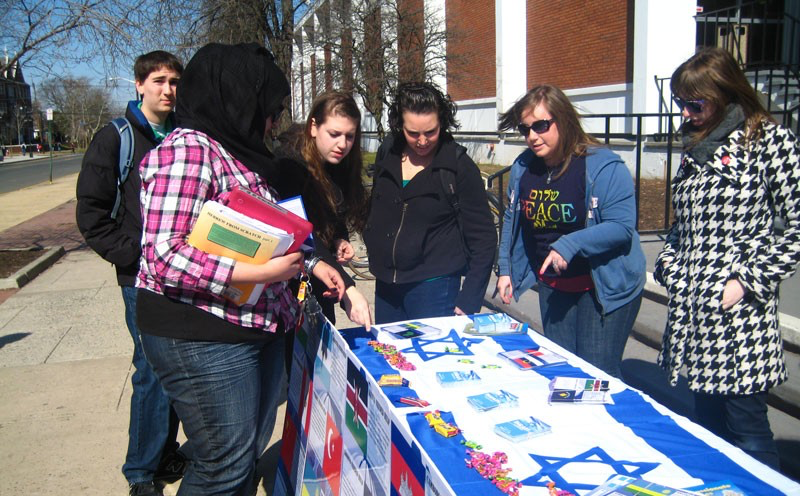
Antisemitic Activity in 2015 at US Colleges and Universities
AMCHA Initiative
http://www.amchainitiative.org/antisemitic-activity-schools-large-Jewish-report-2015
The report, clearly a snap shot, conveys a picture of anti-Semitic activities on US campuses. A strong correlation is found between the occurrence of BDS activity and the occurrence of anti-Semitic expression where incidents were reported. Similarly, a very strong correlation exists between the presence and number of faculty who publicly endorse an academic boycott of Israel and the occurrence of overall anti-Semitic activity. No findings were mentioned, however, about where and whether there is strong on campus learning or advocacy or engagement with Israel, with a suggested or causal link to a fewer number of anti-Semitic incidents occurring and reported on other campuses.
Anti-Semitism was self-defined by students and the survey did not investigate any particular incident. The term “incident” was not defined in the report, giving belief that it could have a wide range of meaning depending on who was reporting. Incidents could therefore range from showing an anti-Israel film to an anti-Semitic slur in a school newspaper, to painting a Nazi symbol on a university structure, or submission of a BDS resolution to a student government organization, etc.
The report was written and published by AMCHA. The full report may be found http://www.amchainitiative.org/
The data for the report was collected in 2013-2014. The pool survey included 157 self-identified Jewish students at 55 universities and four year campuses, 59% female and 41% male. What happened “on campus” in 2015 and early 2016 was not included in the survey.
No Jewish religious institutions were covered in the survey. Of the participants, only 23% reported that they were religious; the consensus view (of the respondents) is that they are primarily a “cultural group.” When asked “what it means to be a young Jew in America today, would you say that it means being a member of …” 80% chose cultural group compared to 57% for religious group, 57% a people, and 42% an ethnic group.”
The report emphasized a need to recognize and report anti-Semitic incidents. Further, the report recommended that “Jewish Organizations” (not defined) focus on what students are facing on campus in general rather than “addressing only those issues that command greater media attention, such as BDS resolutions.” This conclusion came from the writers of the report, rather than from the students surveyed.
Little comparative information was provided from previous years or previous studies (except for 2015) that showed a context or perspective of increases or decreases in anti-Semitic incidents at US colleges and universities over time. Awareness of the problem, certainly requires attention and action by interested parties and particularly by college and university alumnae.
Kws
3.22.2016
